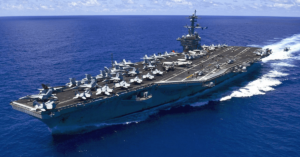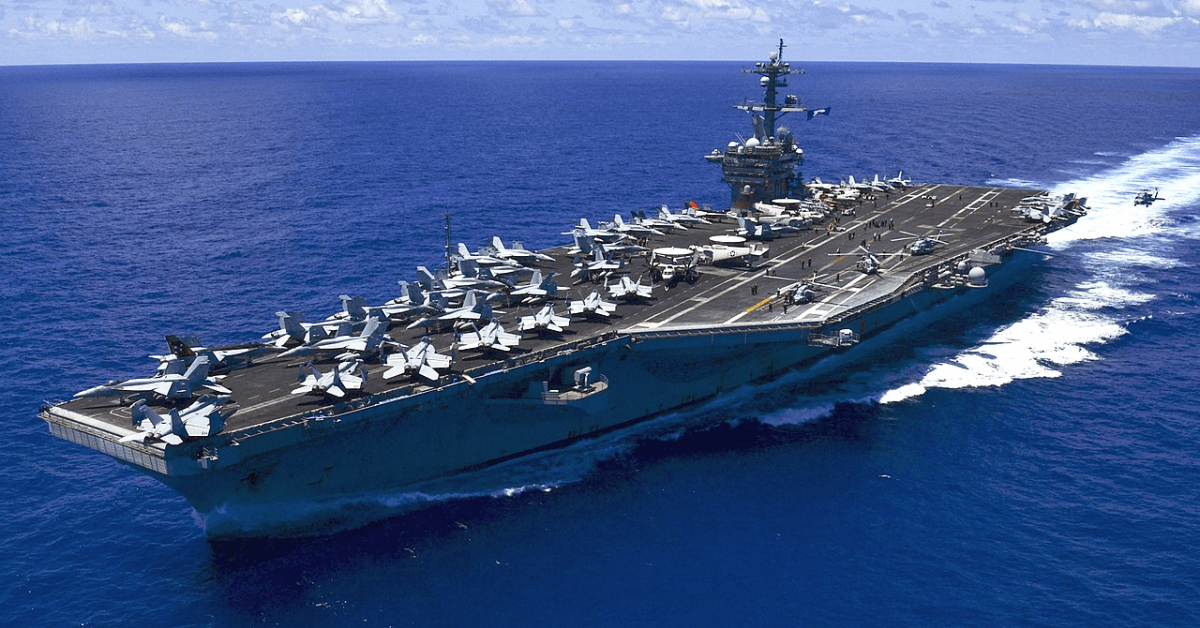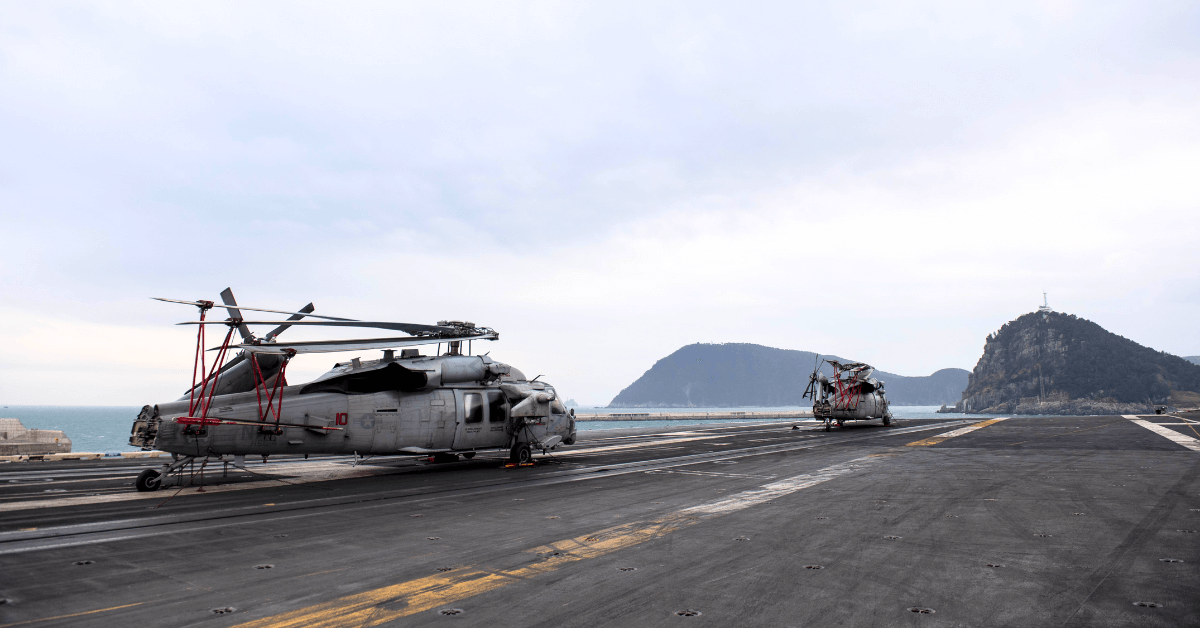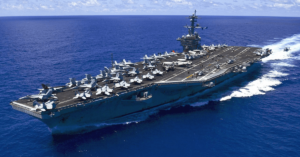
Gas Supplier Booked For Negligence After Explosion On Indian Navy Destroyer That Killed 3
March 6, 2025
Pentagon Deploys AI-Powered System To Enhance Naval Warfare Planning
March 6, 2025

The USS Carl Vinson (CVN 70), a Nimitz-class nuclear-powered aircraft carrier, arrived in Busan, South Korea, on March 2, 2025.
The Carrier Strike Group (CSG) One, led by USS Carl Vinson, includes the Ticonderoga-class guided-missile cruiser USS Princeton (CG 59) and the Arleigh Burke-class guided-missile destroyers USS Sterett (DDG 104) and USS William P. Lawrence (DDG 110).
Carrier Air Wing (CVW) 2, embarked on the Vinson, consists of nine squadrons, including F-35C Lightning II, F/A-18E/F Super Hornets, EA-18G Growler, E-2D Advanced Hawkeye, CMV-22 Osprey, and MH-60R/S Seahawks.
US military officials stated that the port visit will strengthen the relationship between Washington and Seoul. They added the role of the US-South Korea alliance in maintaining peace and stability in Northeast Asia and the Korean Peninsula.
The US Navy has built long-standing partnerships over 250 years, allowing it to project power, protect sea lanes, and safeguard global security.
During the visit, USS Carl Vinson’s crew will engage in various activities, including ship tours for US and South Korean officials, key leadership engagements, community relations programs, and sporting events.
The stop in Busan also allows sailors and personnel to rest and experience the city. According to US Navy leaders, the joint military training exercises enhance operational cooperation and interoperability between allied forces.
Before arriving in South Korea, Carrier Strike Group One participated in Pacific Steller 2025, a large-scale naval exercise in the Philippine Sea.

The drills included training alongside the French Carrier Strike Group and the Japan Maritime Self-Defense Force, demonstrating joint operational capabilities and strengthening alliances in the Indo-Pacific region.
North Korea strongly opposed the presence of the USS Carl Vinson in Busan, viewing it as a major security threat.
Kim Yo Jong, the sister of North Korean leader Kim Jong Un, condemned the US deployment, accusing Washington of continuing hostile policies against Pyongyang.
She criticised the Biden administration’s approach, claiming that the US had intensified its military provocations against North Korea.
North Korea has recently increased its military activities, with Kim Jong Un overseeing a test launch of strategic cruise missiles.
According to North Korean state media, the country is maintaining full readiness to use its nuclear capabilities in response to perceived threats.
Pyongyang has warned that the US presence justifies its decision to continue strengthening its nuclear deterrence. South Korea dismissed North Korea’s criticism, stating that Pyongyang’s nuclear weapons program poses a serious threat to regional stability.
The South Korean defense ministry reiterated that North Korea must abandon its nuclear ambitions for long-term peace and security.
Meanwhile, US military officials reaffirmed their commitment to maintaining security in the region. A senior US Army general stated that the deployment of the Carl Vinson Carrier Strike Group enhances military readiness and supports efforts to deter aggression while ensuring stability in South Korea and the surrounding region.
The USS Carl Vinson’s visit is the first US aircraft carrier deployment to Busan since June 2024, when the USS Theodore Roosevelt arrived for joint military exercises.
The USS Carl Vinson had previously docked in Busan in November 2023.
The US 7th Fleet, which oversees Carrier Strike Group One, is the largest forward-deployed fleet of the US Navy. It frequently operates alongside allies and partners in the Indo-Pacific to maintain a free and open maritime region.
Reference: US Navy
Source: Maritime Shipping News


